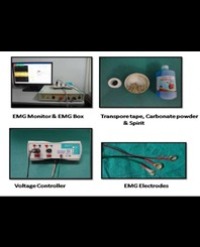
Lichen Planus Lesions in Oral Cavity in Patients with AIDS and Coinfected with Hepatitis C V
Lichen planus is a mucocutaneous, chronic inflammatory and very common dermatological disease. The importance of this disease is related to its frequency in the general population, its multiplicity of aspects, and its possible connection with malignancy. In the skin the lesions consist of reddish or white papules that can present a central depression. The buccal lesions are often multiple, bilateral, striated and appear as whitish plaques in the reticular form and exposing the connective tissue, in the erosive or atrophic form and rarely the bullous. Basal epithelial cells are the main target in lichen planus. The mechanism of basal cell damage is related to a cellular immunization process involving Langerhans cells, T lymphocytes and macrophages. Lichen planus is a middle aged disease that affects men and women in almost the same proportion. Patients with Hepatitis C virus and HIV patients are also more likely to develop oral lichen planus due to adverse effects of their drug therapies, as well as the use of Interferon (IFN) alpha, Ribavirin, and Zidovudine (for patients HIV). Children are rarely affected. Frequently, the severity of the disease is parallel to the patient’s degree of stress, and immunosuppression.
Giovani EM, Souza RS, Camila Correia dos Santos*, Georgevich Neto R and Colloca M

